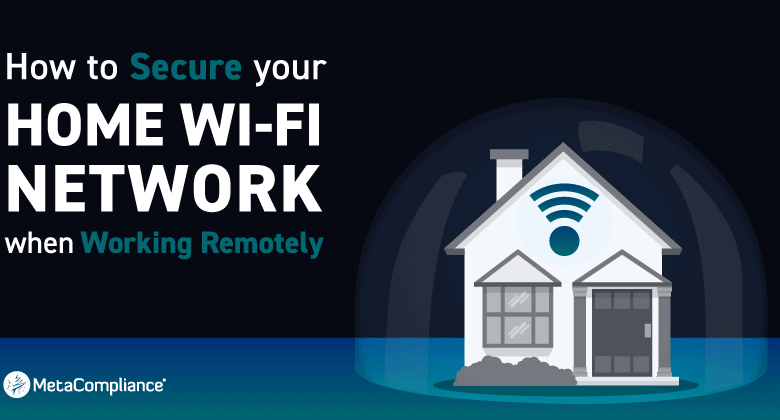
In an era where digital connectivity is integral to our daily lives, securing your Wi-Fi network is paramount. The risk of unauthorized access, data breaches, and cyber threats looms large, making it essential for individuals and businesses alike to fortify their wireless networks. In this guide, we’ll walk you through practical steps to ensure the security of your Wi-Fi network, safeguarding your sensitive information and maintaining a robust digital defense.
I. Introduction
A. The Importance of Wi-Fi Security
As more devices connect wirelessly, the need for Wi-Fi security becomes critical. This section emphasizes the potential risks and consequences of an unsecured Wi-Fi network.
II. Assessing Your Current Network Security
A. Conducting a Security Audit
Before implementing changes, understand the current state of your network. This involves assessing your router settings, password strength, and connected devices.
B. Identifying Vulnerabilities
Pinpoint potential weaknesses in your network, such as default passwords, outdated firmware, or unauthorized devices.
III. Strengthening Your Wi-Fi Password
A. Creating a Strong Password
Detail the elements of a robust Wi-Fi password, including length, complexity, and the avoidance of easily guessable information.
B. Regular Password Updates
Highlight the importance of periodically changing your Wi-Fi password to enhance security.
IV. Encrypting Your Network
A. WPA3 Encryption
Explore the benefits of the latest encryption standard, WPA3, and guide users through enabling it on their routers.
B. Disabling WPS
Explain the vulnerabilities associated with Wi-Fi Protected Setup (WPS) and recommend disabling it for enhanced security.
V. Updating Router Firmware
A. Importance of Firmware Updates
Emphasize the role of firmware updates in patching security vulnerabilities and ensuring optimal router performance.
B. How to Update Router Firmware
Provide step-by-step instructions for updating router firmware, considering different router models.
VI. Guest Network Setup
A. Benefits of a Guest Network
Explain the advantages of setting up a separate guest network, reducing the risk of unauthorized access to your main network.
B. Guest Network Security Measures
Guide users through securing their guest network with a unique password and limited access.
VII. MAC Address Filtering
A. MAC Address Basics
Introduce MAC address filtering as an additional layer of security, allowing only specified devices to connect to the network.
B. Implementing MAC Address Filtering
Provide instructions on how to find and input MAC addresses into the router settings.
VIII. Network Monitoring and Intrusion Detection
A. Utilizing Network Monitoring Tools
Introduce tools for monitoring network activity and detecting potential intrusions, enhancing overall network security.
B. Setting Up Alerts
Guide users on configuring alerts for suspicious activities, ensuring prompt action in case of a security breach.
IX. Physical Security Measures
A. Router Placement
Explain how the physical placement of the router affects signal strength and security, recommending central and elevated locations.
B. Securing Physical Access
Highlight the importance of limiting physical access to the router, securing it in a locked cabinet if possible.
X. Regular Security Audits and Maintenance
A. Frequency of Audits
Recommend conducting regular security audits to stay proactive against evolving threats.
B. Routine Maintenance Tasks
Provide a checklist of routine tasks, including password updates, firmware checks, and network monitoring.
XI. Conclusion
Summarize the key steps for securing a Wi-Fi network, emphasizing the collective impact of these measures on overall digital security.
By following this comprehensive guide, you can significantly enhance the security of your Wi-Fi network. From strengthening your password to implementing advanced encryption standards and regularly monitoring network activity, these steps provide a layered defense against potential threats. Remember, a secure Wi-Fi network is not only a safeguard for your personal and business data but also a proactive measure to contribute to the broader cybersecurity landscape. Stay secure, stay connected.




